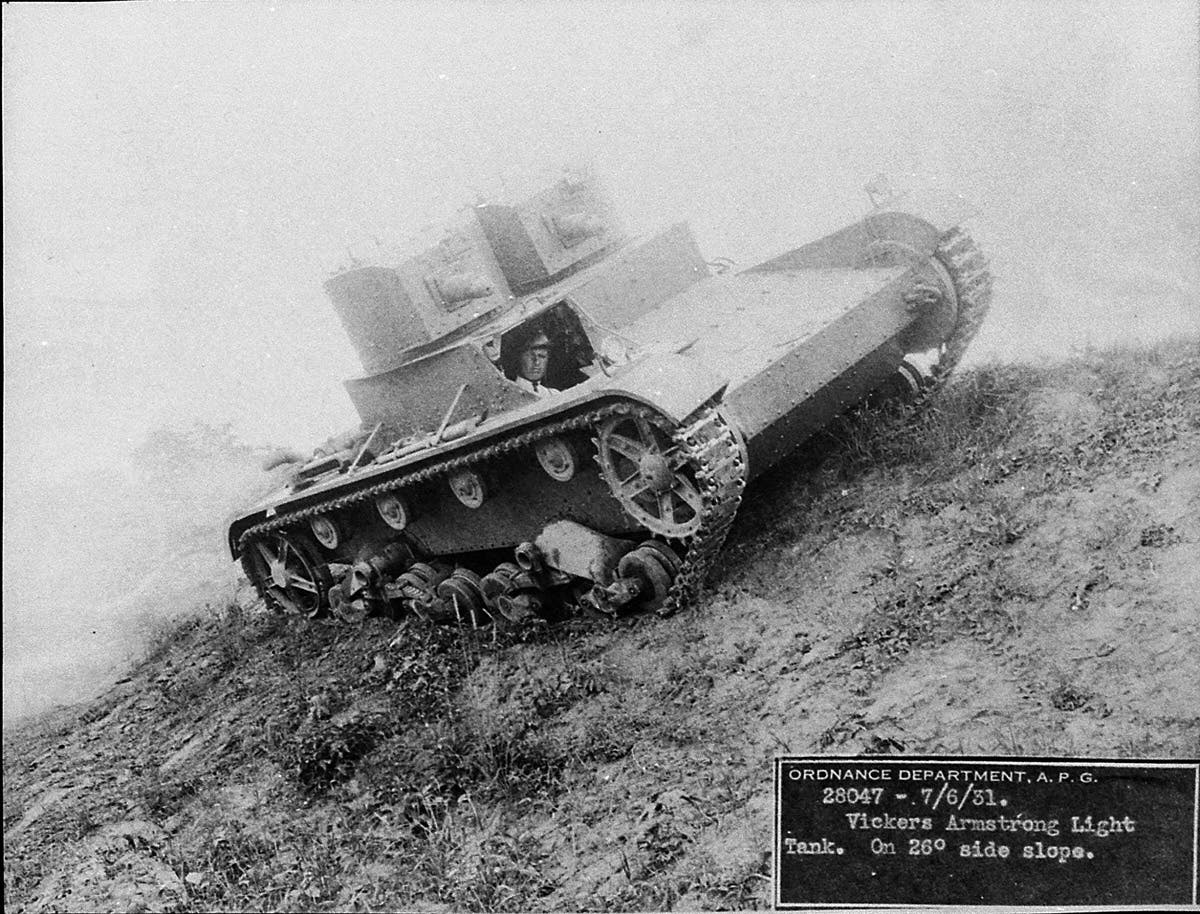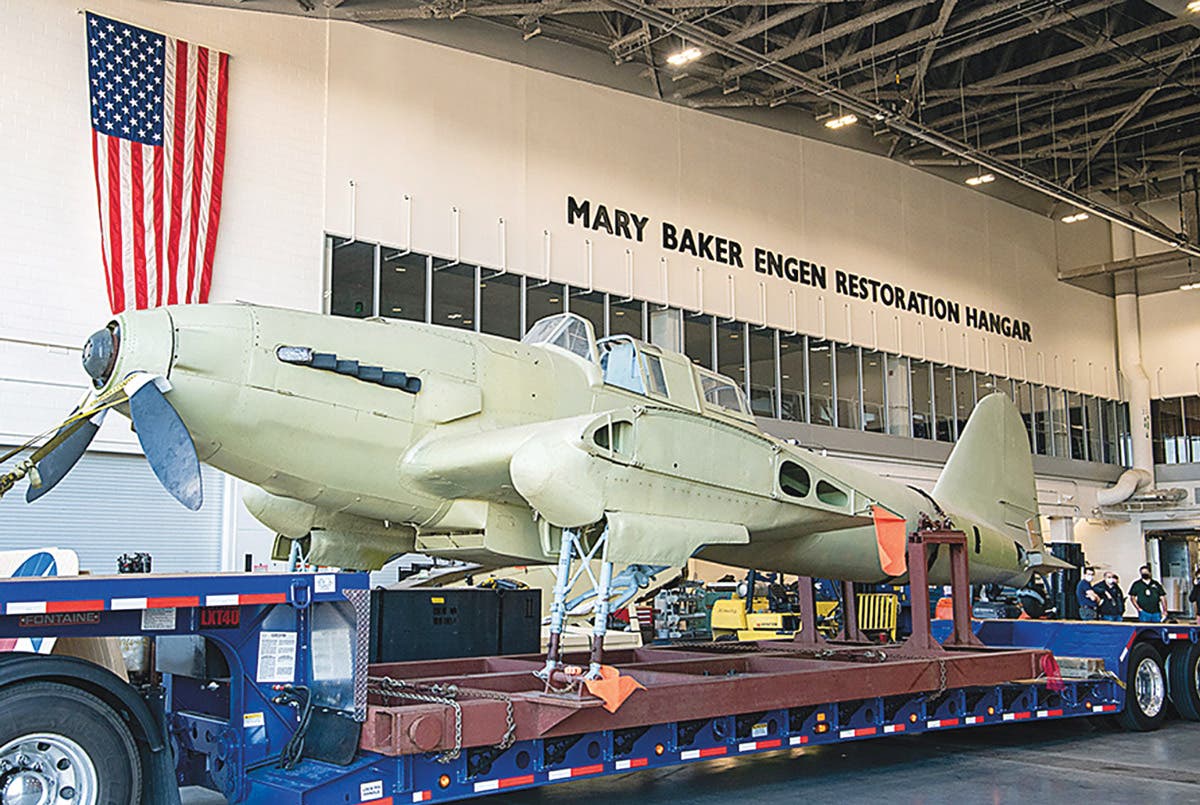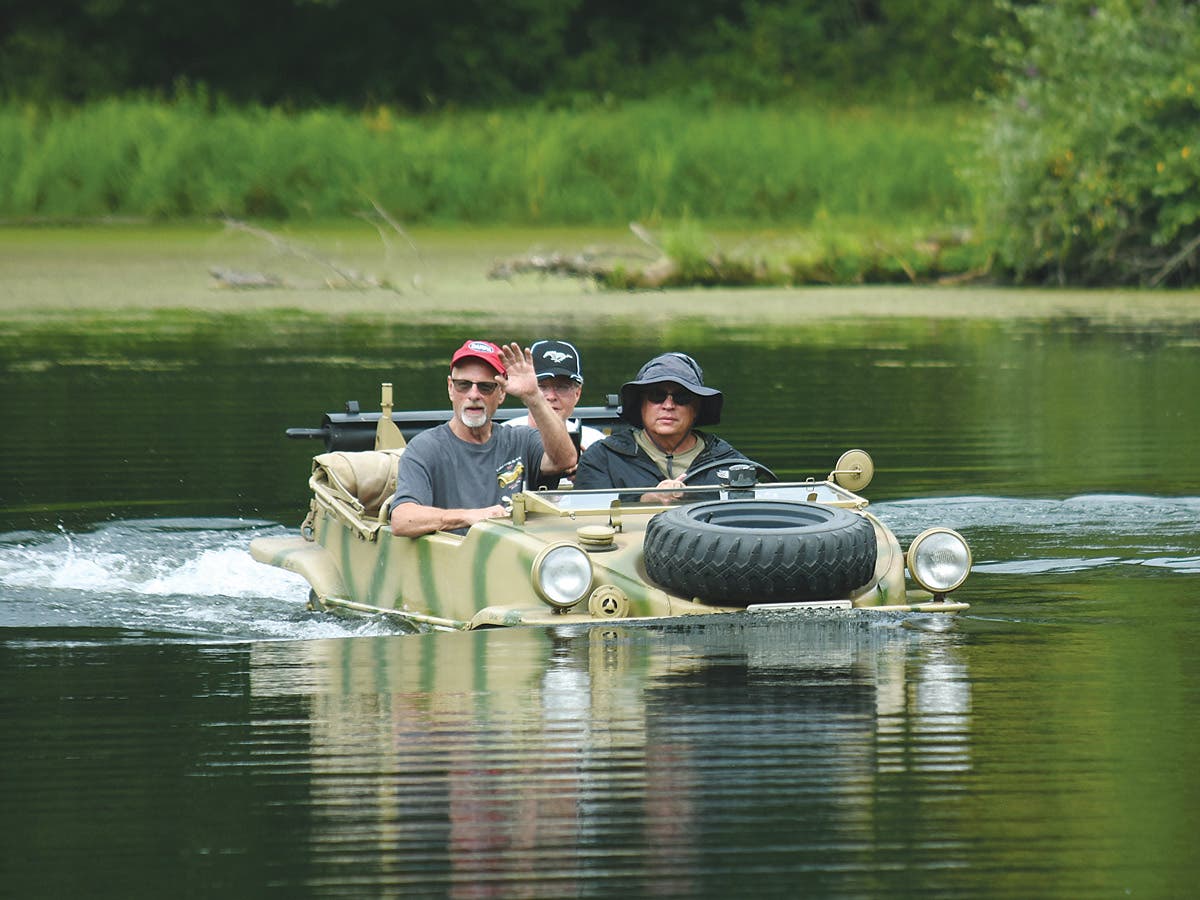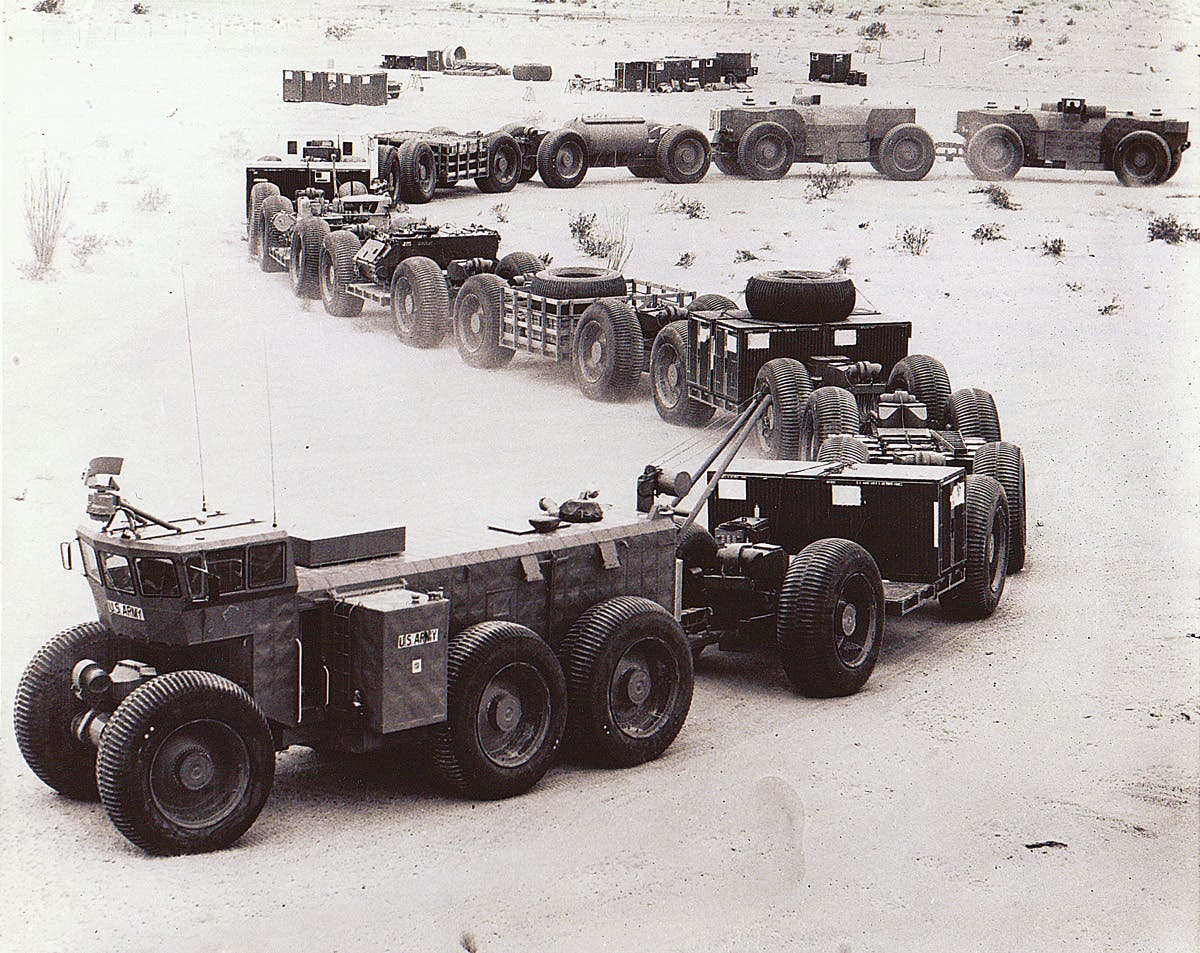Buyer’s Guide: The DUKW Amphibious Cargo Truck
Pricing and tips before you buy a GMC DUKW amphibious 6×6 truck
Though hardly sleek or stylish, the hull of this truck was designed by famed yacht designer and 1937 America’s Cup winner Roderick Stephens. The automotive components were developed by GMC, based on its 2 1/2-ton, 6x6 model CCKW cargo truck. Though ungainly looking, the DUKW was outstandingly seaworthy. Though envisioned as a means to transport equipment and men from ship onto the shore, and some distance beyond, they were also used inland, notably during the crossing of the Rhine.
The DUKW was standardized in October 1942, and production began immediately at the Yellow Coach plant in Pontiac, Mich., which was also home to CCKW production.
Despite its successful demonstrations and tests, the DUKW was not fully appreciated by many in the military until after its successful use during the invasion of Sicily. After that, the DUKW’s place in history was sealed.
Demand for the DUKW became so great that a second production facility had to be added, this one at the Chevrolet plant in St. Louis, Mo. Production totaled 21,147 vehicles by the time production ceased at war’s end.
The name DUKW is an acronym resulting from GMC model code: D indicates 1942 model year design, U is utility truck, amphibious, K for all-wheel drive, W for tandem rear axles.
Because of its unique abilities, the U.S. military did not phase the DUKW out of service until the 1960s.
Weight: 14,880 pounds
Size (LxWxH): 372" x 98.875" x 106"
Max Speed, land: 50 mph
Max Speed, water: 6 mph
Range, land: 240 miles
Range, water: 50 miles
Military Vehicles Magazine uses a given a value based on a 1-to-6 condition grading scale as follows:
1=Excellent: Restored to maximum professional standards, or a near-perfect original.
2=Fine: Well-restored, or a combination of superior restoration and excellent original parts.
3=Very Good: Complete and operable original or older restoration, or a very good amateur restoration with all presentable and serviceable parts inside and out.
4=Good: Functional or needing only minor work to be functional. Also, a deteriorated restoration or poor amateur restoration.
5=Restorable: Needs complete restoration of body, chassis, and interior. May or may not be running, but is not wrecked, weathered or stripped to the point of being useful only for parts.
6=Parts Vehicle: Deteriorated beyond the point of restoration.
From the staff of North America's no. 1 historic military vehicle source -- Military Vehicles Magazine








